No products in the cart.
True Potato Seeds (TPS), Ozette, 100 seeds
$16.50
Out of stock
| True potato seed information and growing instructions |
Ozette is a Pacific Northwest heirloom variety with a unique history. It might be the first potato introduced to the Pacific Northwest and Alaska. Potatoes were introduced to the Colonies around 1720 from Europe, but the Pacific Northwest did not have permanent European settlements until after 1800. Ozette was most likely brought from Chile (probably via Mexico) to the coast of Washington in 1792 by Spanish explorers, who built a fort and then left after a year. The native Makah people carried on growing the potato, until it was recognized and made commercially available in the 1980s. Over time, it was also traded up and down the coast as far as the Alaska panhandle, and given other names along the way. Haida, Makah, Makah Ozette, Maria’s, and Tlingit are synonyms for Ozette, allowing for the possibility of minor local adaptations that can’t be distinguished with genetic markers. It is quite possible that this variety is still grown in Chile and that, as more traditional varieties are genotyped, we will eventually be able to discover its origin. (Although a Peruvian origin is often claimed for this variety, it is not likely. Genetically and morphologically, it groups with the native Chilean potatoes, Solanum tuberosum group Chilotanum.)
Ozette has a lot of great qualities. It is delicious, has a unique appearance, and tolerates our Western Washington weather very well. Reports from other climate regions tend not to be so good and Ozette has a reputation for producing small plants that die back early in warmer areas. It is possible that part of this reputation could be undeserved though, since Ozette has been grown outside certification programs more often than not and is often infected with viruses, which tend to accelerate maturity and reduce yield.
Normally, I try to avoid offering varieties that are otherwise available commercially, but Ozette never seems to stay in the catalogs for very long and has dropped off the market again in 2020, so I plan to offer it for the foreseeable future. I offer several new varieties bred from Ozette, including Rozette and Deah.
Culinary Traits
Ozette is a good all-purpose variety, although it leans more toward the starchy side. Like most fingerlings, it makes a great roasted potato and it boils reasonably well if you don’t overdo it.
Agronomic Traits
Ozette makes a pretty large and sprawling plant, growing about three feet tall, but with a stem length sometimes double that. In warm, dry weather it tends to make a smaller plant. It is a late variety, harvestable any time after about 100 days in our climate, but the best yields are achieved by letting the plant grow until it is killed by frost. The tubers continue to grow larger the longer the plant grows. Some growers will prefer to harvest at 14 weeks, which gives a nice crop of four to five inch fingerlings. Left to grow until natural senescence, the tubers can grow longer and wider, sometimes losing the fingerling shape. Yields average about 2.5 pounds per plant under our conditions with an average tuber count of 28. Tubers have strong dormancy and store well for at least four months. If you need to store them longer, keep them in a perforated plastic bag in the refrigerator. The plants seem to have fairly good resistance to early blight. Ozette has pretty good tolerance for leafroll (PLRV) and PVX. It has poor tolerance for PVY, which it contracts easily. The foliage shows good resistance, which makes it hard to rogue infected plants, but the tuber yield declines dramatically. Ozette has low resistance to late blight – progress is slower than in totally vulnerable varieties, but not enough for the plants to make it to the end of a long growing season.
Ozette has very poor sexual fertility and it is notoriously difficult to breed with, although it can be done. The flowers tend to drop even before they open and those that do hang on tend to fail even if hand pollinated. Ozette is also male sterile, so it requires a pollinator to set true seed. Early and frequent hand pollination and favorable weather will occasionally produce a berry and I have had a few good years for berry production that have allowed me to carry on breeding with this variety. The good news is that berries that do hold usually have good seed counts, averaging about 100 here.
Fertility: MF0, FF<1
True Seed (TPS)
I was able to offer a few 25 seed packets for the first time in 2023 as a result of a much better crop than usual. There is no telling if I will ever be able to do that again. Seedlings from Ozette have been quite diverse, with about a quarter retaining the characteristic shape of Ozette.
Germination
2024
| Final germination | |
| Days to first germination | 15 |
| Days to final germination/2 | 26 |
| Days to final germination |
Only logged in customers who have purchased this product may leave a review.

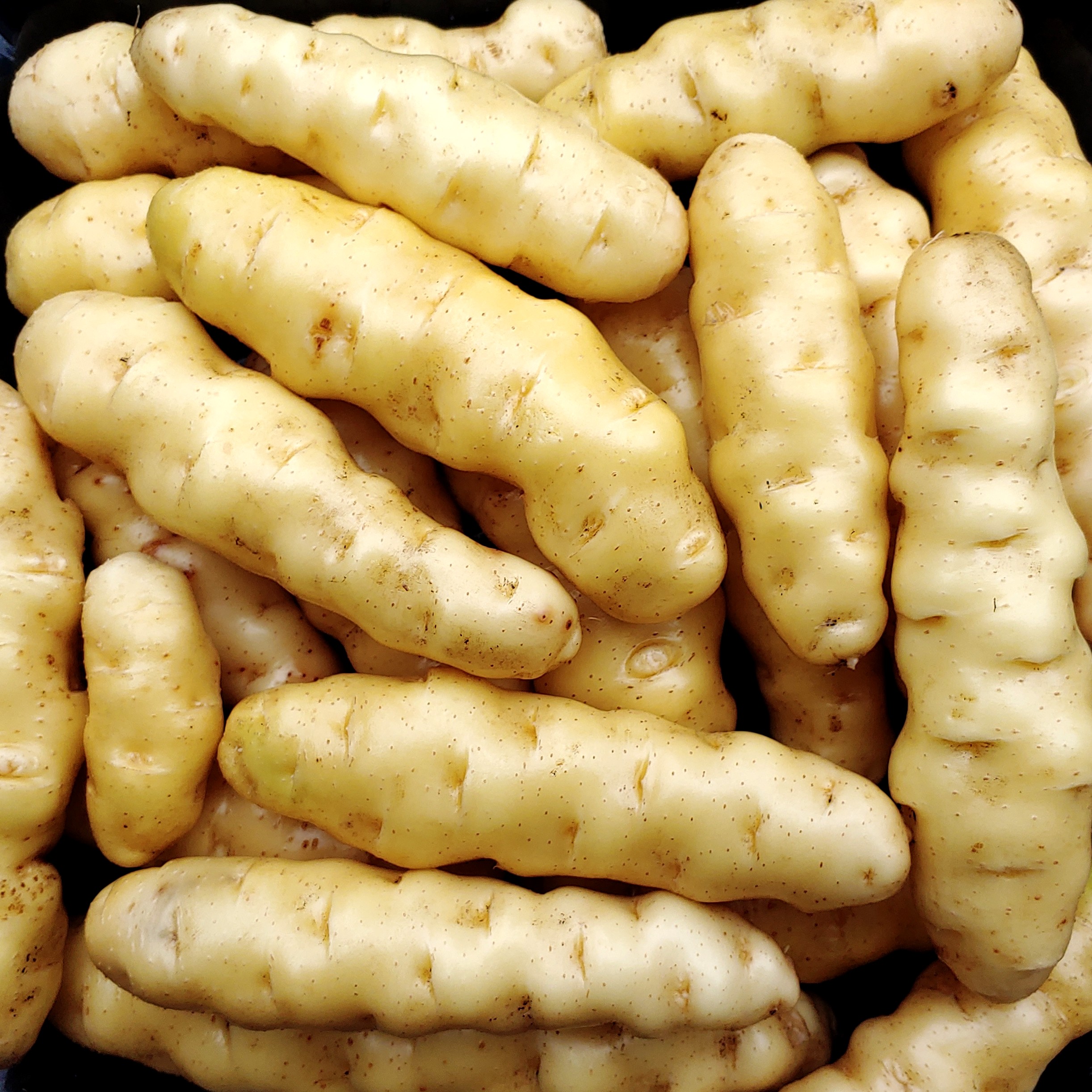
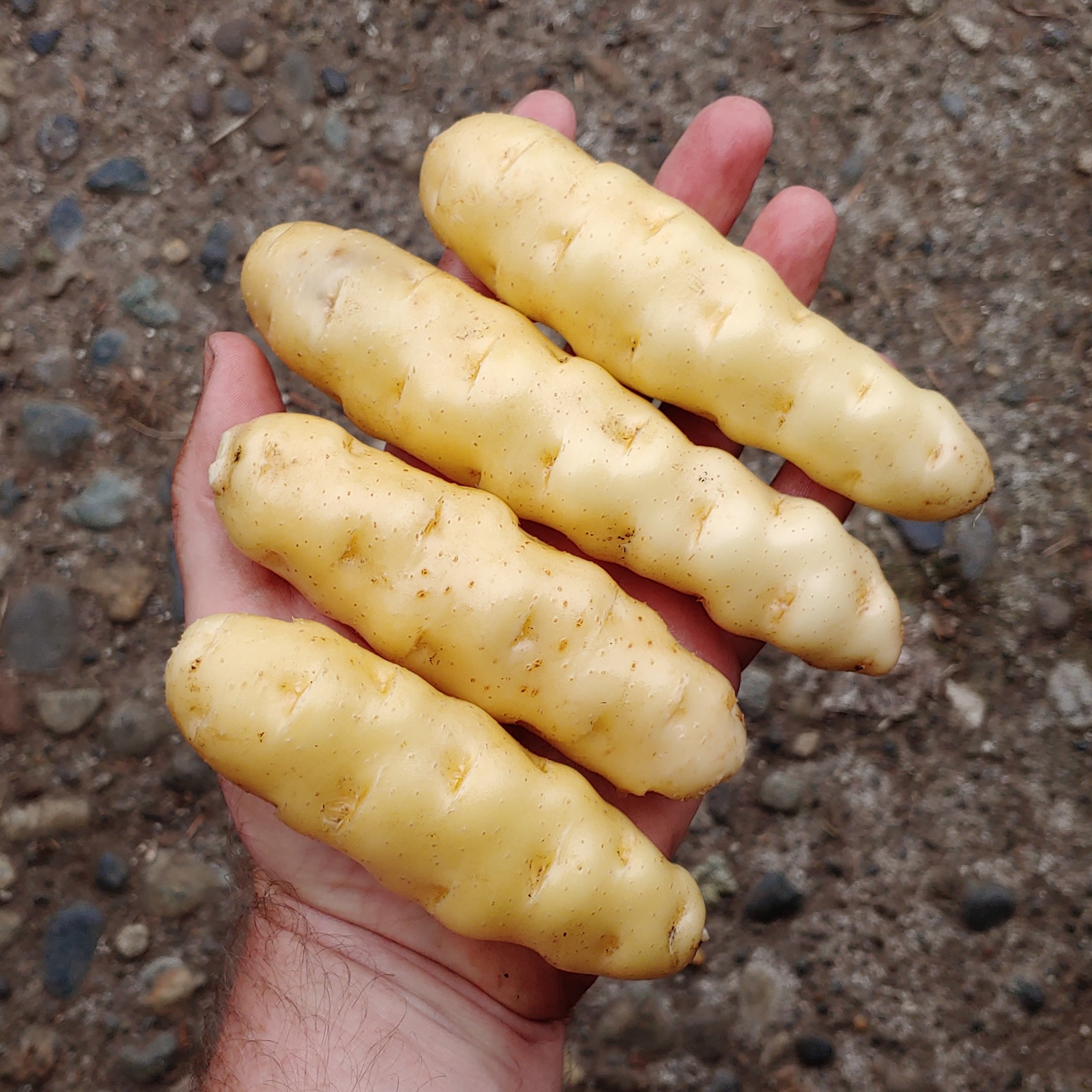
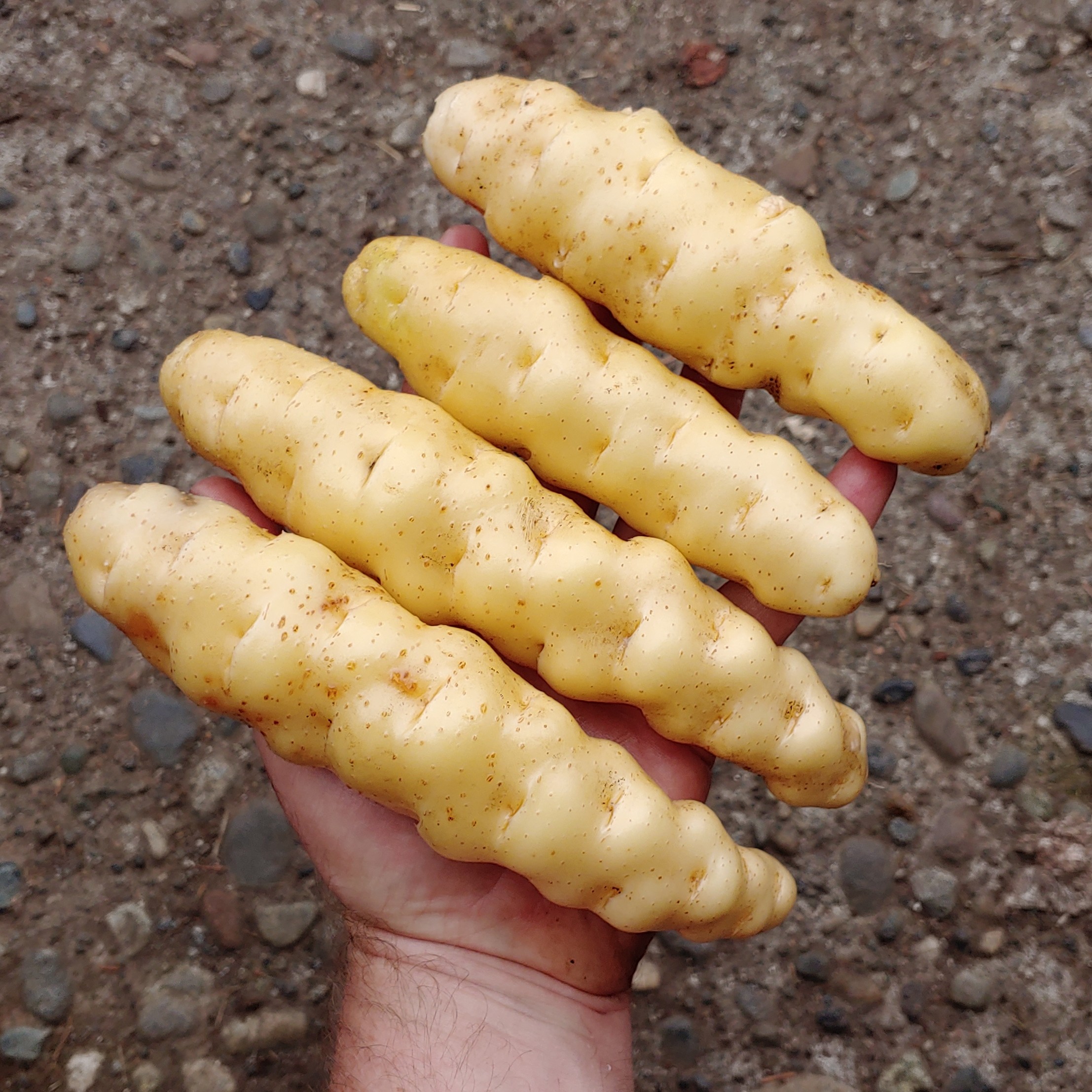
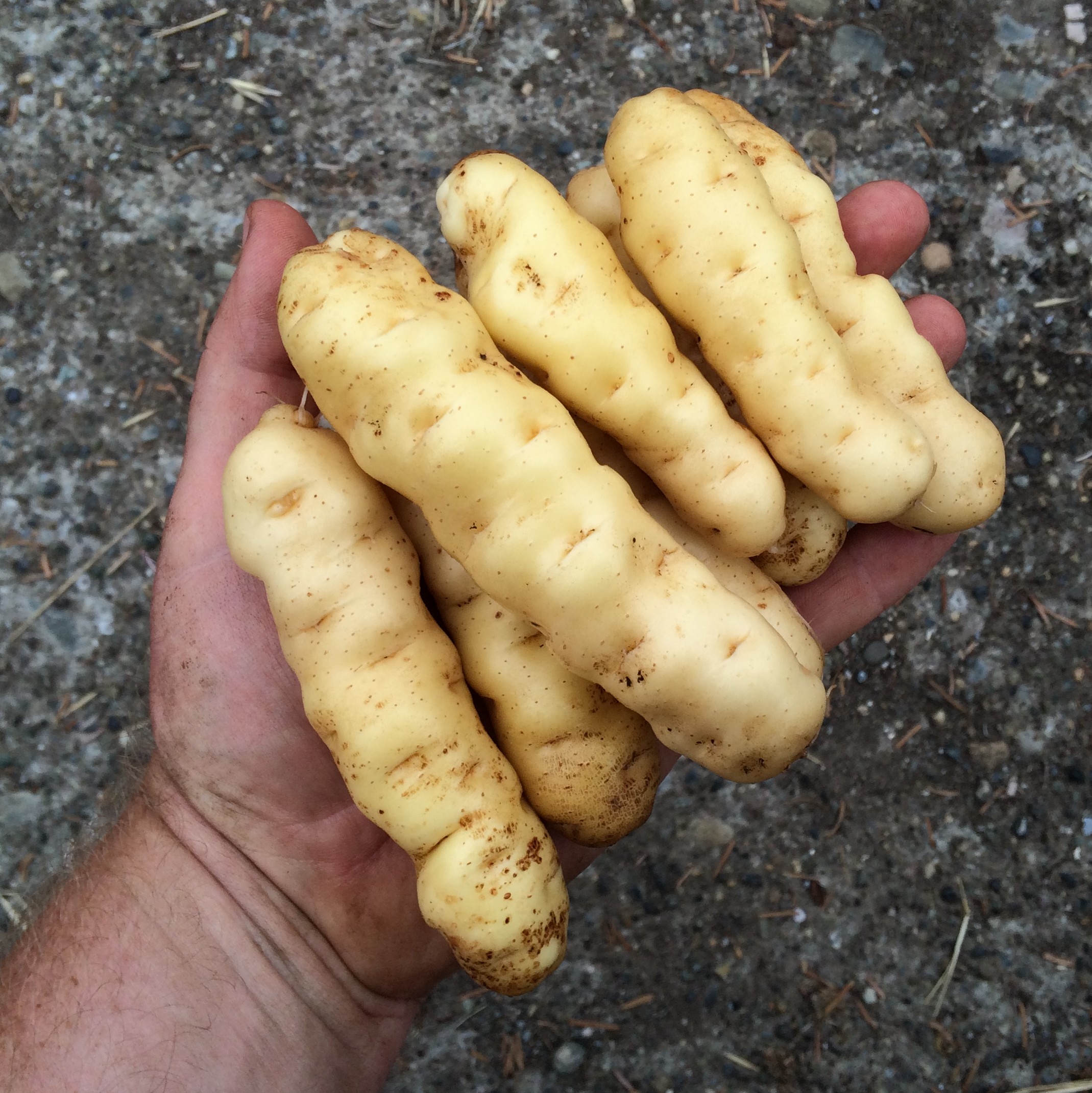
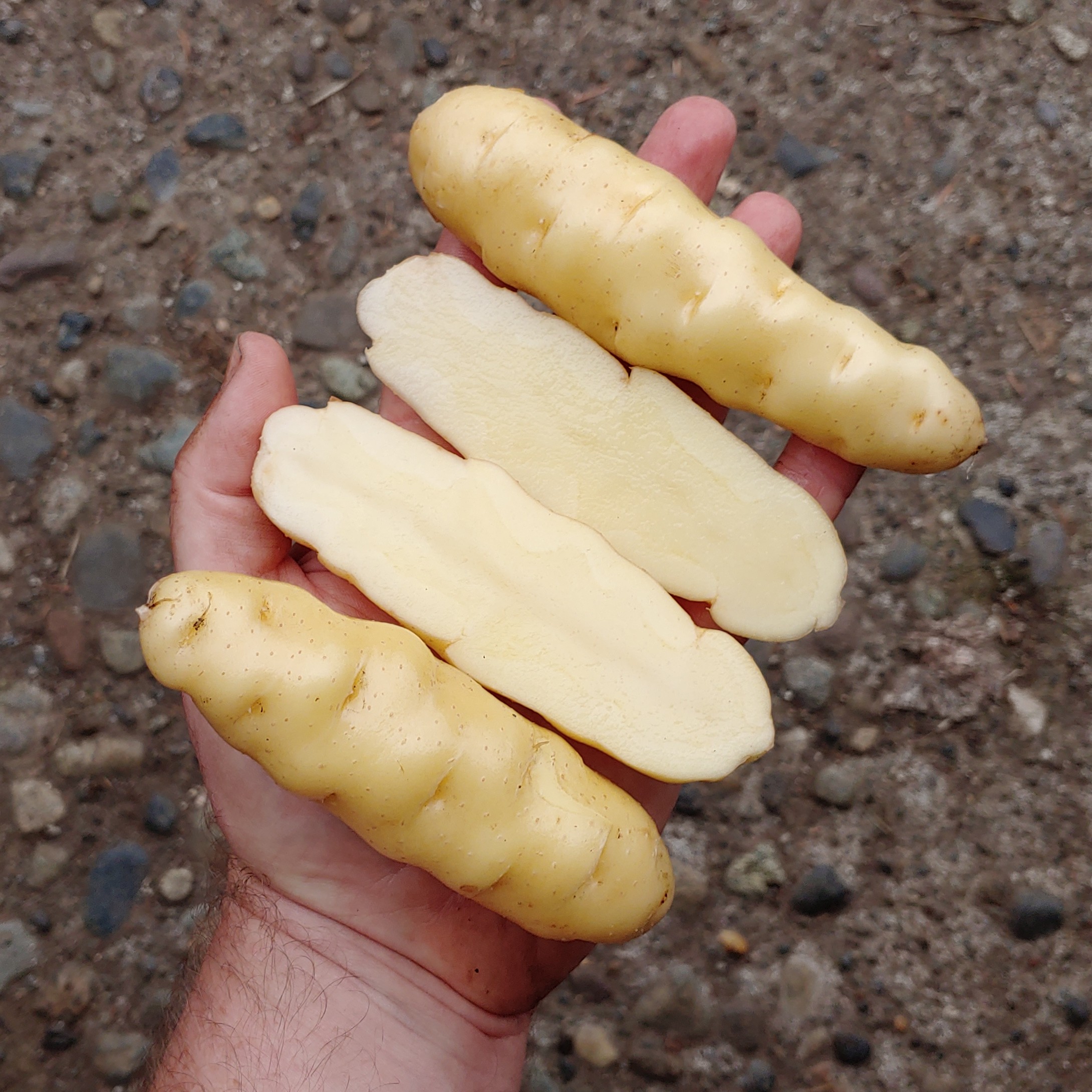
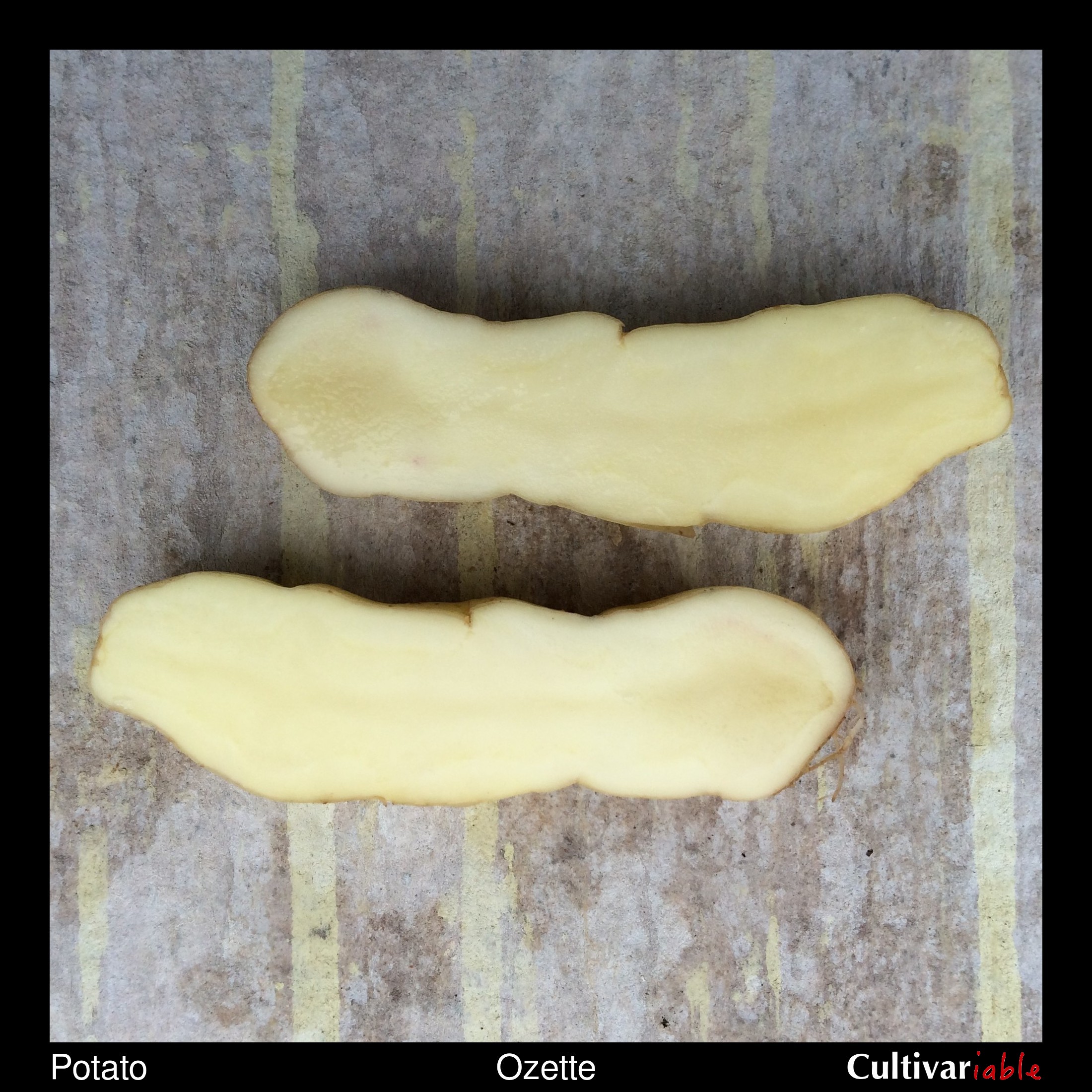

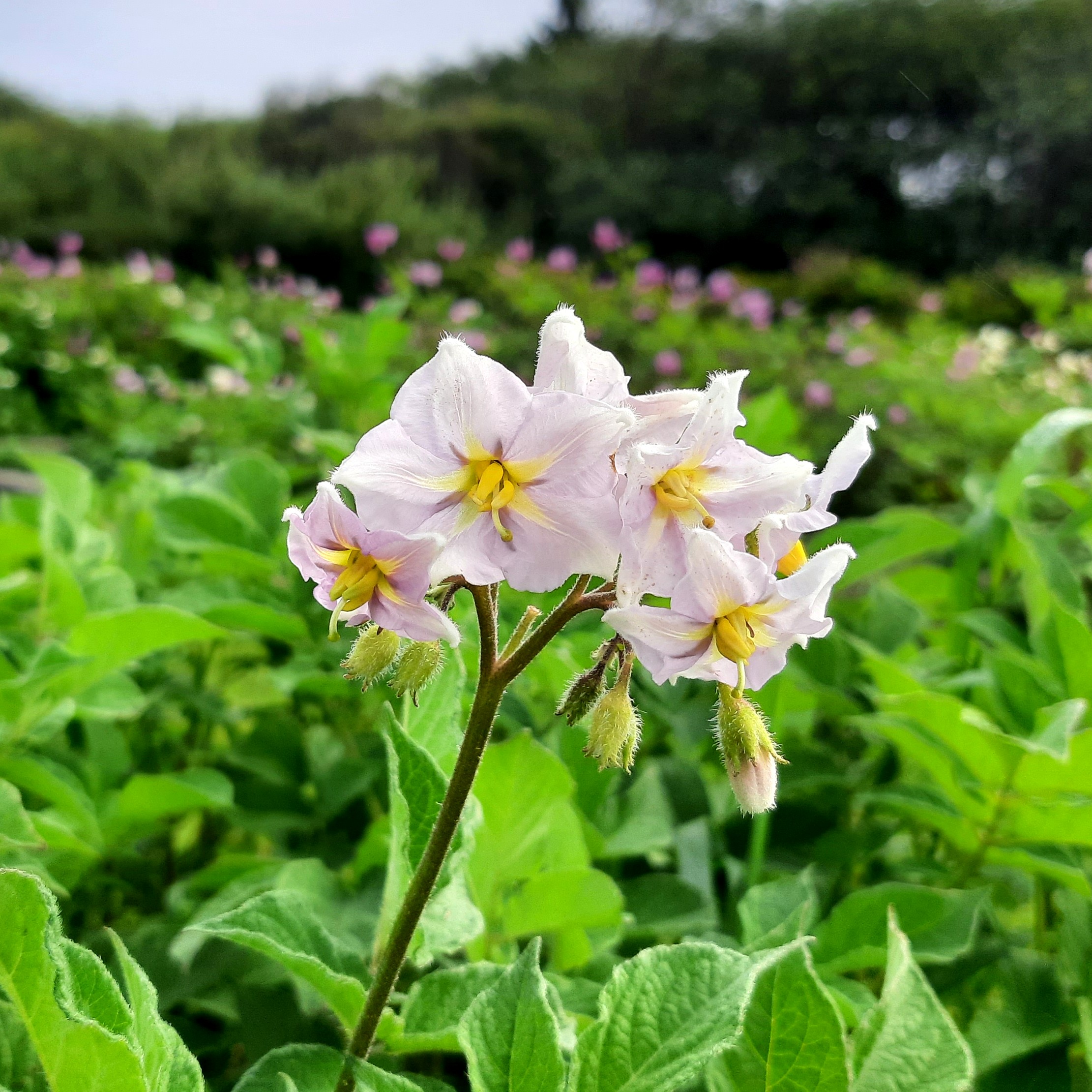
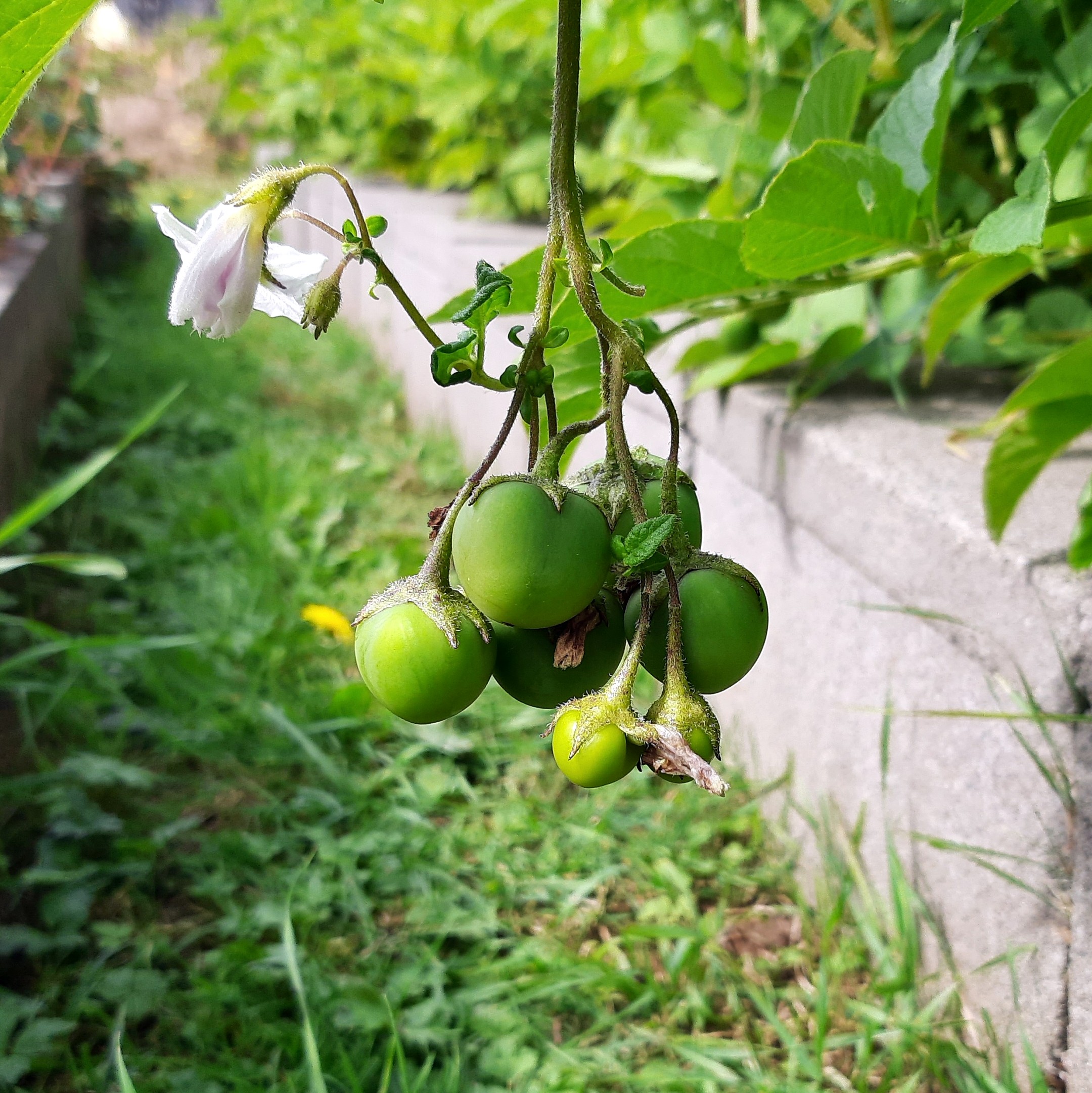
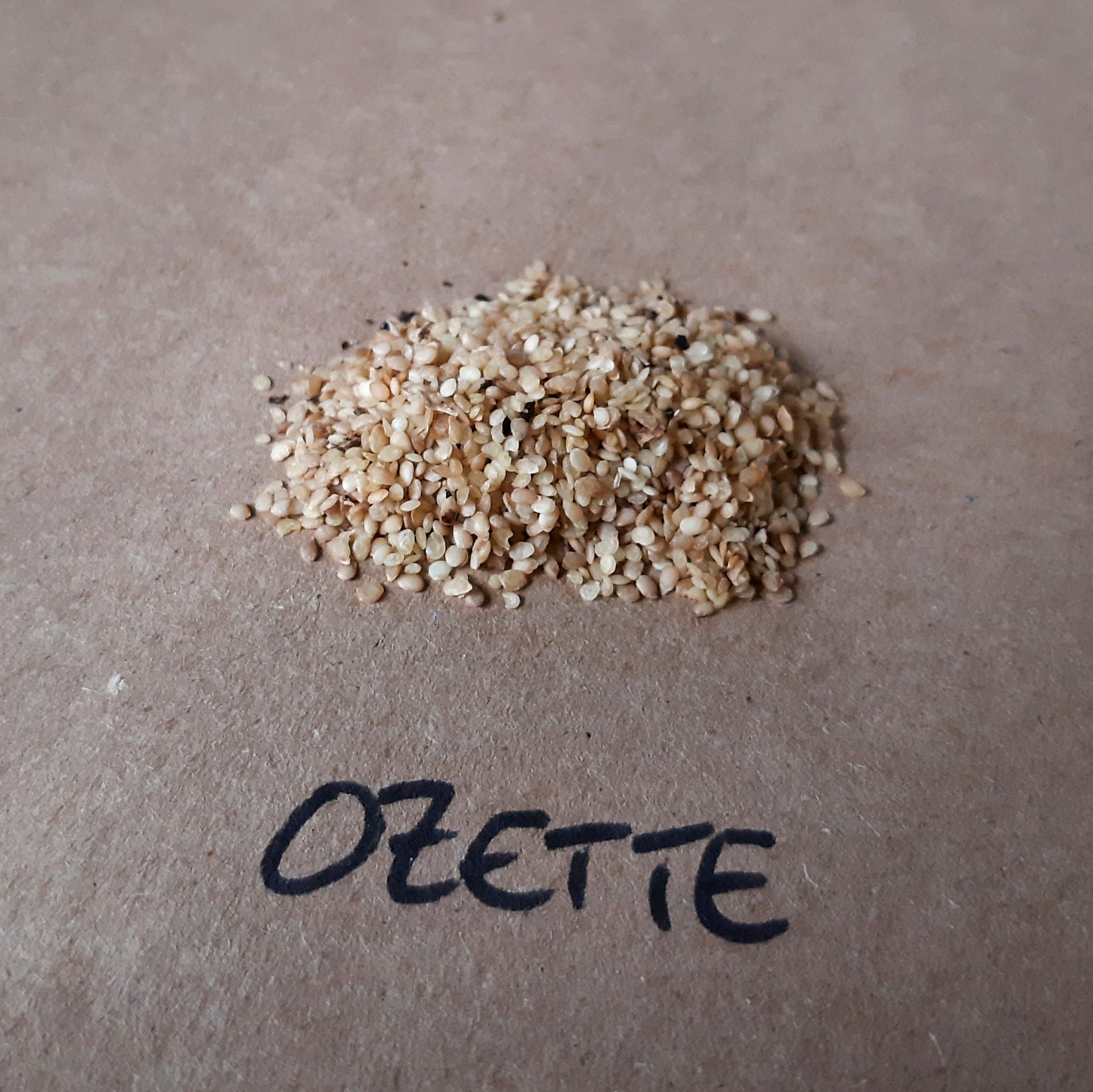
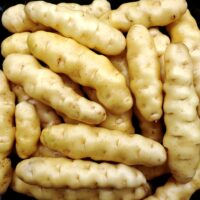
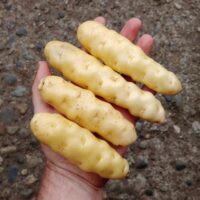
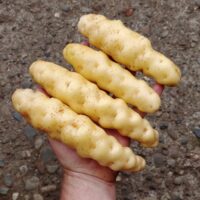
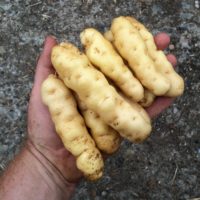


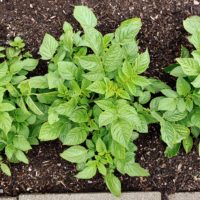
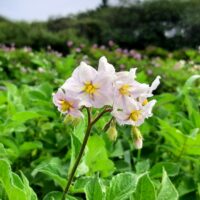
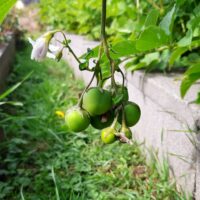
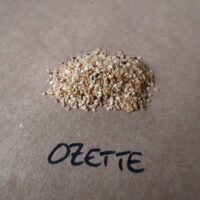
Reviews
There are no reviews yet.